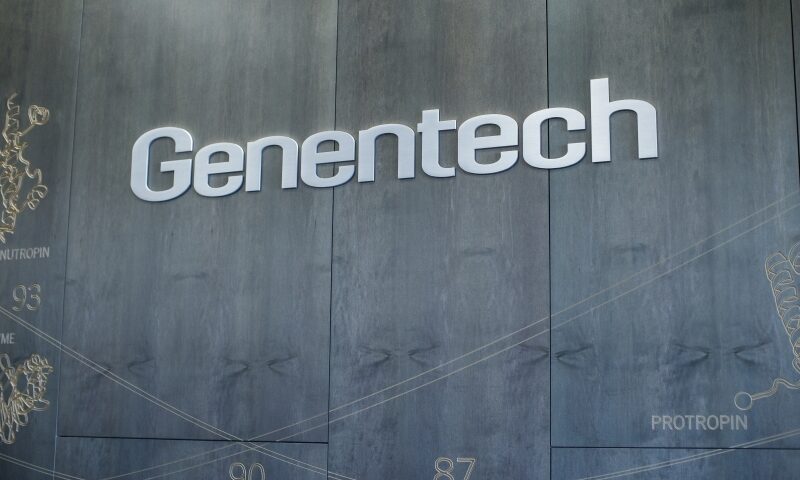First Arrakis, now Ribometrix—Roche is doubling down on drugging RNA. Its Genentech unit is teaming up with Ribometrix to discover and develop small molecules for several RNA targets in a partnership that’s worth $25 million upfront but that could exceed $1 billion in milestones down the line.
Genentech will have the rights to programs against “several predefined targets,” including a global license to develop and market drugs discovered in the collaboration, but the duo is keeping those targets and potential disease areas under wraps for now. Both partners will work on discovery and preclinical development, with Genentech picking up clinical development and commercialization.
RNA is an attractive drug target because it offers a way to get at proteins that have eluded drug developers in the past.
“Talking about intractable or undruggable targets at the protein level, there is a whole slew of them. KRAS and c-Myc are two of the poster children,” Ribometrix CEO Mike Solomon, Ph.D., said. “They’ve been difficult to drug because they don’t have small-molecule binding sites.”
Drugging RNA to stop it from translating DNA blueprints into proteins is one way to inhibit disease-causing proteins, Solomon added. But getting small molecules to work on RNAs is easier said than done—once upon a time, it was considered crazy, or simply impossible. Companies like Ribometrix and Arrakis have been building technology to make it possible.
Ribometrix’s technology allows it to find 3D structures in RNA molecules and then design small molecules to bind to those structures.
“We’re understanding the structure of RNA in the cell and saying, OK, we think this part of the RNA has a complex tertiary, or 3D, structure, so we’re going to target it, cut it out, make it and put it into high-throughput screens to find hits,” Solomon said. All of this is par for the course in traditional, protein-based drug discovery but requires new technology and processes developed specifically for RNA.
Ribometrix isn’t sharing just yet which RNAs and disease areas it’s working on alone or under partnerships with Genentech or Vertex. But the opportunity is vast.
“It’s a big idea approach; across all disease indications for sure there are going to be intractable drug targets at the protein level,” Solomon said. “We’ve done an analysis, and there are targets across all sorts of disease areas. It’s great from a business point of view. We can have our own internal programs and partner others.”

